After visiting Shodoshima, today, let’s head to Teshima with a quick visit of various spots on the island.
Just like the previous visit, it was made with some people from Koebi and the Setouchi Triennale‘s Organizing Committee. I’ll probably disclose the reason later, when it’s all said and done. 😉 (yes, I know I’m being a bit mysterious here, but it’s not a big secret, if you follow me on Twitter, you probably already know what this is about).
Once again, we made a full circle around Teshima. except that this time I had already done it, several times, including a few times on a bicycle, so I guess we can call it a “Tour de Teshima“.
It took place a little more than a week ago, and we were extremely lucky to have an amazing weather. However, it’s more and more difficult to rejoice of 22-23°C temperature (that’s low 70’s in Fahrenheit) in mid-November, and I have a harder and harder time being able to think about the future in positive terms. Climate change is here, and it’s going to hit us hard sooner than later and harder than expected.
In the meantime, let’s try to stay positive, at least until the end of this post.
This time, we went to Teshima on a taxi-boat, a much faster way to go than a regular ferry, but you must not be prone to seasickness.
One more preliminary remark before we really jump on today’s topic. Even 4-5 years ago, when I visited Teshima, I usually was the only Westerner on this island that day. Last week? We ran into only a handful of non-Westerners. Yes, we can say that the island is now famous in the West, probably even more so than it is in Japan. I’m still not sure if it’s a good or a bad thing, but I can’t help being amused when I hear here and there that it is “off the beaten path.” That path is being beaten quite hard and quite often in my opinion.
First stop of the day: the Teshima Yokoo House in Ieura (“Yokoo” is pronounced “Yoko-o”, it’s two ‘o’ sounds).
I’m never sure whether I like the Yokoo House or not. I’d say that I love the building, but that I’m less of a fan of the paintings inside. However, this time, I really took the time to look at each painting closely and we were with an official guide (from Benesse, I assume), and it helped me appreciate it much better.
One piece of advice concerning the paintings: do not apprehend them individually, but as a whole, or rather in relation to each other, to the house and even to Teshima to a certain extent. I can’t really explain more here, as it’s impossible to take pictures inside the house, and without seeing what I’m talking about it won’t make much sense to you.
Another tip about the Yokoo House: go to the restrooms. Really, go.
Please note that this picture is not photo-shopped at all, not even just a bit. It’s also the last picture you’ll be allowed to take before entering the house. Taking this picture I noticed something I hadn’t before, the cypresses are not there randomly (hint: Arnold Böcklin).
Next, we walked back to the port terminal where we hopped on the bus that was waiting for us in order to start this tour of the island. We first went to Koh. I have a very soft spot for Koh (probably related to great experiences there – here is one and another one), and I don’t go there often enough. Unfortunately, we didn’t stop. The Teshima 8 Million Lab is closed for the Winter and, if every year, I wonder how long Distant Memory is going to last, I’m afraid that this time it really is the end. The installation is literally falling into pieces and apart. As Chiharu Shiota is listed on Teshima for next year, I’m not sure if that means she will rebuild it, or she will make a completely different artwork. We’ll see in due time.
From Koh, we headed to Karato-oka (if you’re not too familiar with Teshima’s geography, just like for the post about Shodoshima, may I suggest that you follow along with the mapping software of your choice – unless you have a paper map of the island with you of course. Once again, no picture of the short trip between both villages. It is the “problem” with this kind of visit, one cannot stop wherever and whenever one wants. However, also note that if I’m presenting this day trip mostly from a tourism perspective, tourism wasn’t really the goal of the visit at all, it was just a “byproduct.” Hence the small number of pictures and only of some locations.
All of this to say that when you go to Teshima, make sure to go there and enjoy the scenery (using bicycles is more convenient than bus in this case) as this part of the island is more or less its heart. First, that’s where most of the things that grow on the island do grow (Teshima means Island of Abundance by the way). Also, it has some of the most beautiful views of the Seto Inland Sea.
I really don’t go to Teshima often enough these days. I hadn’t been to Karato in a year despite it being one of my favorite villages, possibly in the world. Luckily we walked around a little bit (not enough, but once again we were there for “business” not for “fun”) and spent some time around Shima Kitchen. A group of Anglo tourists (not too sure of the country, I just can say that they weren’t American) was having lunch on the terrace:
Next, we visited Your First Colour. I was surprised to learn that one cannot take pictures anymore. Did Benesse take over that artwork too? Maybe. It’s not listed on their site, though…
As it was time for lunch, we did so in Karato’s Community Center. It was a good time to get to know some of the people who were with me. We were a much more eclectic group than I had first assumed (including a former and future member of Koebi-tai who comes from Hong Kong and who studies anthropology, a web-designer who, just like my friends on Ogijima, decided that living facing one of the most beautiful views on Shodoshima was much better than living surrounded by concrete, so he moved there a couple of years ago, a Kagawa native who just returned from 12 years abroad (mostly China and Singapore), a woman who also returned from several decades in the US, one of the very first Koebi-tai members, a friend of a friend who’s also a guide in Ritsurin Garden and a few more).
After lunch, more walking around Karato-oka, this time in direction of Karato’s Spring:
Visitors and tourists very rarely pay attention to it, which is a shame because it’s of the greatest importance in the history and makeup of Teshima. See, most of the islands in the area do not have freshwater springs and were – until quite recently (I’m talking second half of the 20th Century) – totally depending on rainfalls for all their water needs. Not Teshima. Teshima has a water spring that allows its inhabitants to have as much water as they need, for drinking, home usage, but also growing lots of fruits and vegetables, and last but not least, for growing rice!
Thanks to Karato Shimizu, Teshima is the only small island of the area that can grow rice (Shodoshima not included, but Shodoshima is not considered a small island around here). A few lines above, I told you that Teshima means Island of Abundance, you need to look no further for the origins of that name.
Of course, nowadays, the island has running water, but it is said that a lot of the elders from Karato still like to go get their drinking water from the spring as they say it is much much better. You can actually fill your bottle with it (not from the pond, not sure the one in the pond is drinkable).
Right next to the spring (both of them are actually linked), one of the oldest artworks from the Setouchi Triennale, Noe Aoki’s Particles in the Air that I have shown you several times on this blog. However, I often read and hear that this artwork is not the most interesting, so I kinda want to help you appreciate it better. First of all, look at the picture above. See the metal elements in the spring, near the top? This is also part of the artwork. The spring is in a certain sense part of the artwork too. Also, if you only look at it quickly, because it’s just there on the way to other things, you’ll of course find it underwhelming. You need to stop. Relax, breathe, enjoy the water from the spring, the forest and the landscape behind with the fields and the sea. You also need to use your imagination a little, ask yourself why those circles in the air. Yes, don’t forget an important element (its in the title), the air, and more precisely the sky. And as we’re talking about the sky here, also a small PSA to people when they take pictures of the artwork (from what I’ve seen online), a lot of you are taking it from the wrong angle. 😉 You should try this one instead:
After visiting the water spring, the logical next step was one of the most beautiful spots on Teshima and probably in the whole region: the Teshima Tanada Project.
Those are terraced rice fields, and not just rice fields as vegetables and even cotton are grown there. Located between Kataro-oka and the sea (that is downhill from the water spring).
Those rice fields had been existing for who knows how long, but had been abandoned and fell into disarray when the effects of the island’s depopulation started to be felt. However, they were renovated and planted again in 2010 (and each year since) as a part of the revitalization of the island and in association with the Teshima Art Museum as the fields also serve as its backdrop.
A fruit shop “inaka style.” People who complain that fruits are too expensive in Japan should remember that fruits don’t grow in megalopolises and that it’s a completely different story where they actually do grow. 😉
The fields had been harvested one week prior. When it happens it’s always a very festive day. I was there last year, it looked like this:
The last leg of our trip was downhill to Karato-hama where I hadn’t been for way too long. As I’ve already told you I’m particularly fond of this village (in two parts). I have been since 2010, and I try to visit at least once a year, usually on October 21st, for its matsuri which is one of my very favorite matsuri in all of Japan (except that I missed it again this year, I’m inconsolable).
In case you’re wondering, it looks like this:
In Karato-hama, we first went to see the most fun artwork of the entire Setouchi Triennale, that is No One Wins – Multibasket by Llobet & Pons (it kinda needs a small makeover, I’m sure it’s gonna get it during the winter before the next festival):
I scored a basket at my second attempt this time, quite a feat when you know of my basketball skills (they’re pretty much non-existent). There were 20 people or so looking at me, I guess I just couldn’t disappoint.
However, Karato-hama is mostly known and visited for another artwork:

Strange work that those Archives du Cœur. I didn’t really like it at my first visit (and it’s my general feeling with a lot of Boltanski’s works, probably I find his obsession with death a little off-putting). So, I don’t go there too often. However, at each new visit, I feel that I like it a little more than the previous time. And despite being a bit reluctant to go this time, I did enjoy it and want to return as soon as possible for a little bit longer (and maybe finally have my heartbeat recorded there at some point?)
Our visit of the island was almost over. We soon left Karato-hama and headed back to Ieura. On the way back, I had confirmation that Teshima Mamma (some sort of artistic guesthouse, will indeed join the Triennale next year – more details when I have them). In Ieura, waiting for our boats to be ready, we stopped by Teshima Marché for some shopping:
And back to the boats:
On the way to Teshima I pretty much was in the “hold” of the boat, but on the way back, it was a completely different story:
The view looked like this:
That’s all for today.
Next episode of the series in a couple of weeks.
In the meantime, may I suggest some of the following things if you haven’t done it yet:
- Subscribe to the blog to get notifications of new posts directly by e-mail.
- Follow me on social media: Facebook, Twitter, Instagram.
- I just started a Facebook group about the Setouchi Triennale, feel free to join and use it as you see fit.
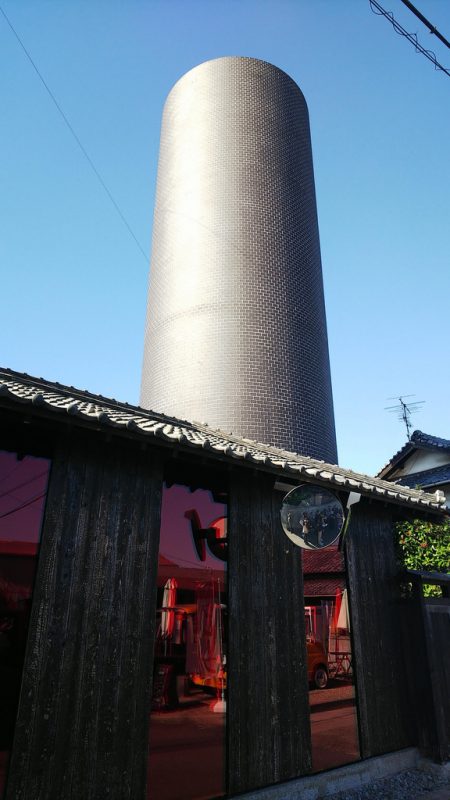
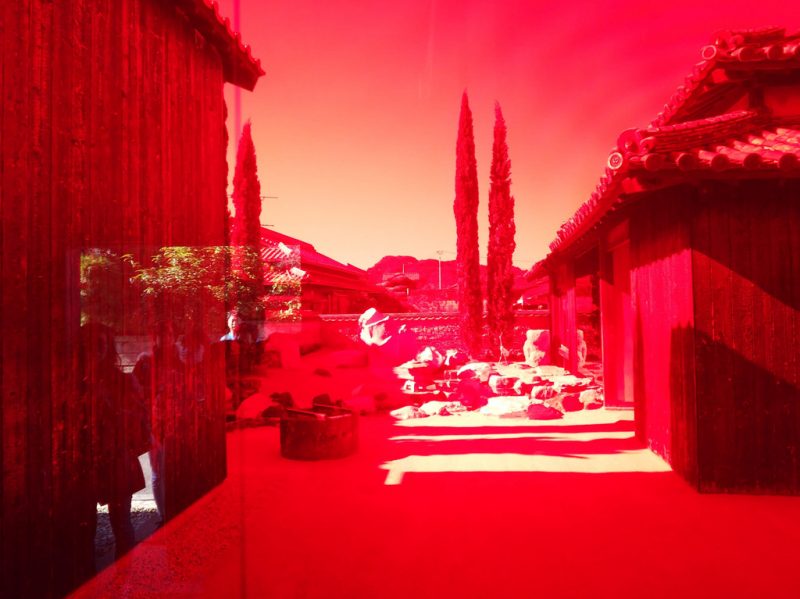
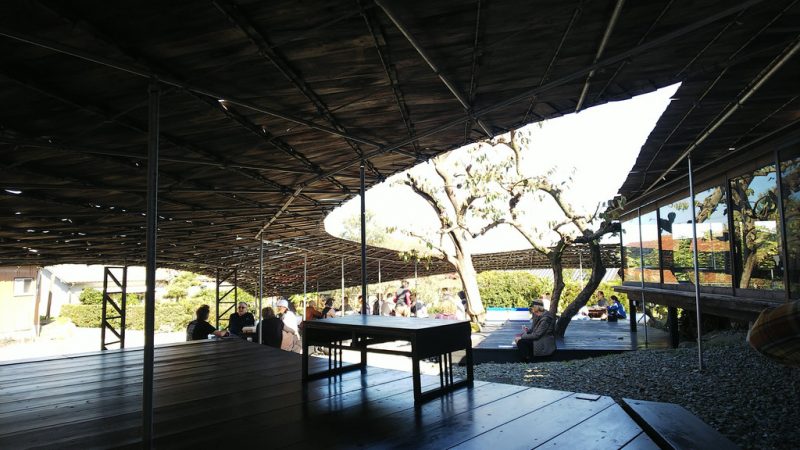
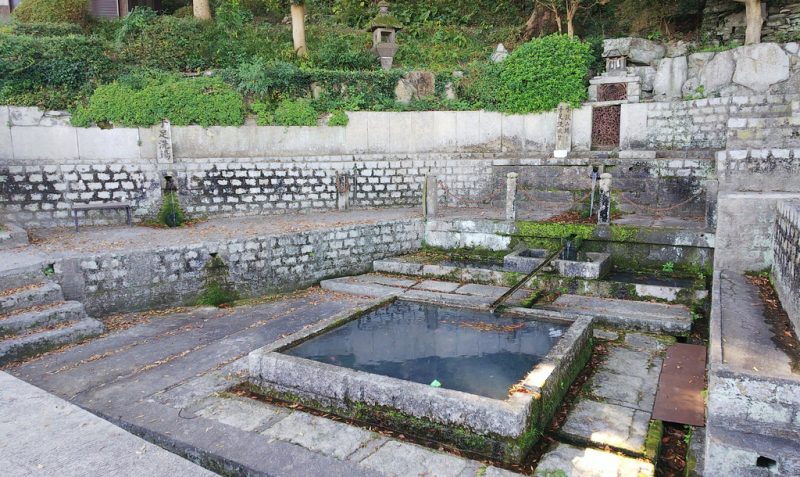
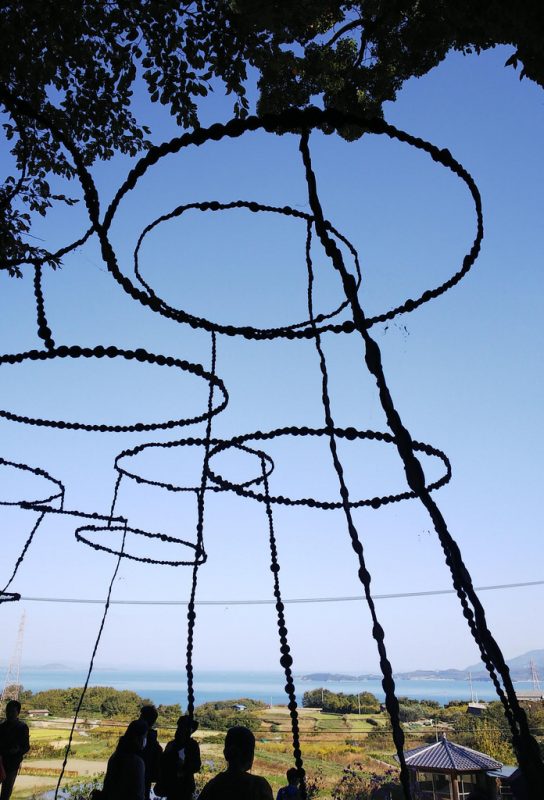
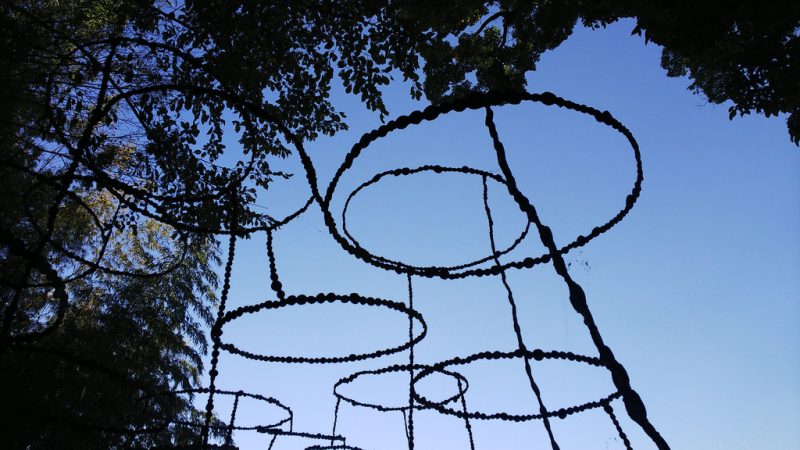
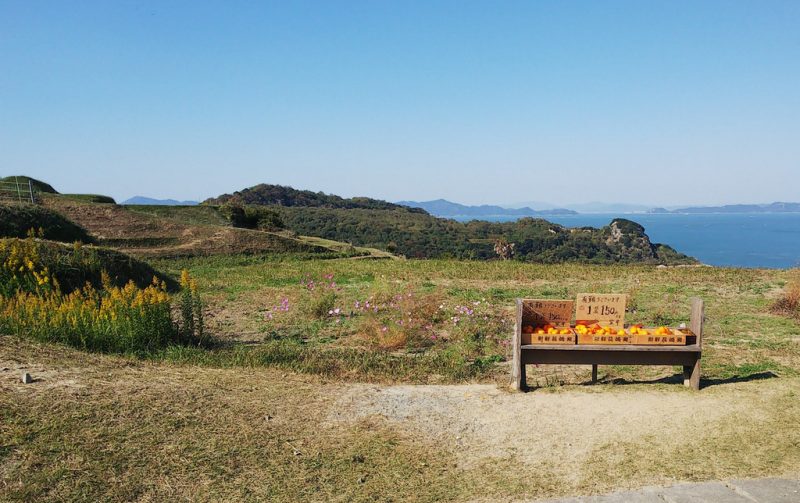
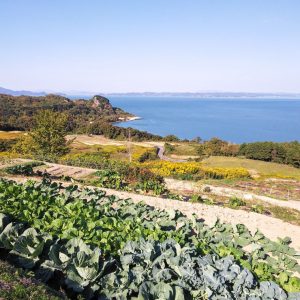
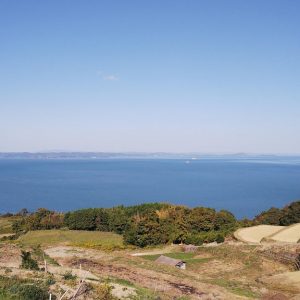
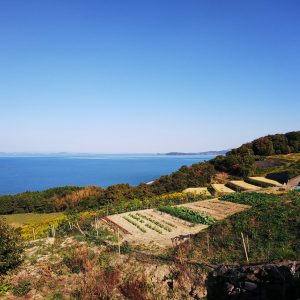
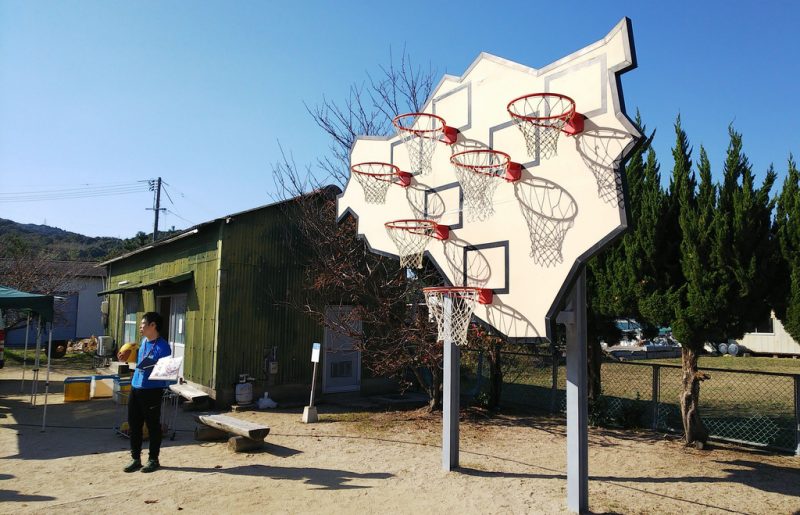
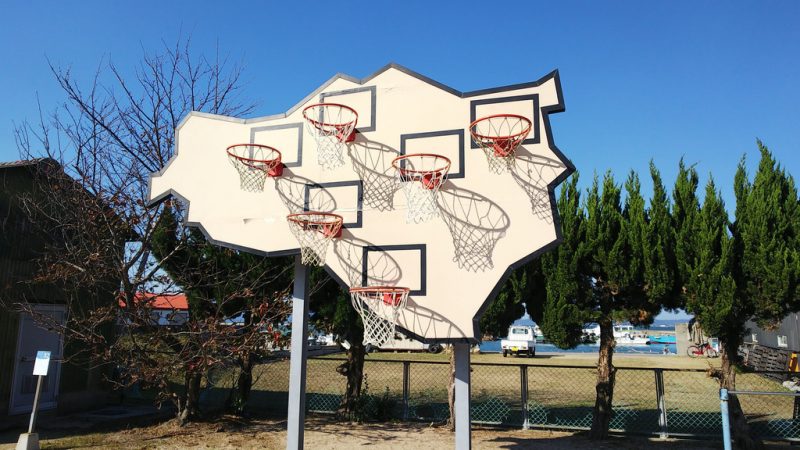
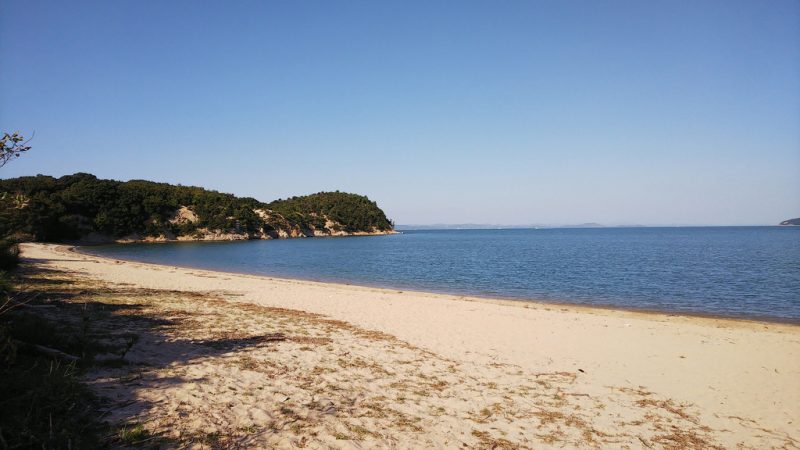
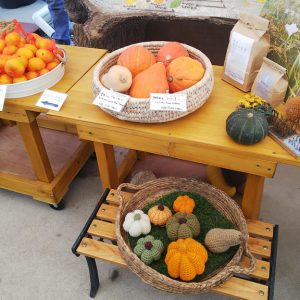
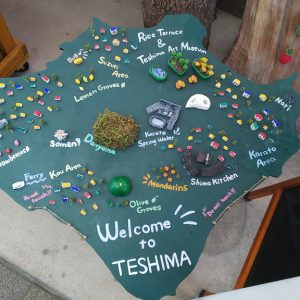
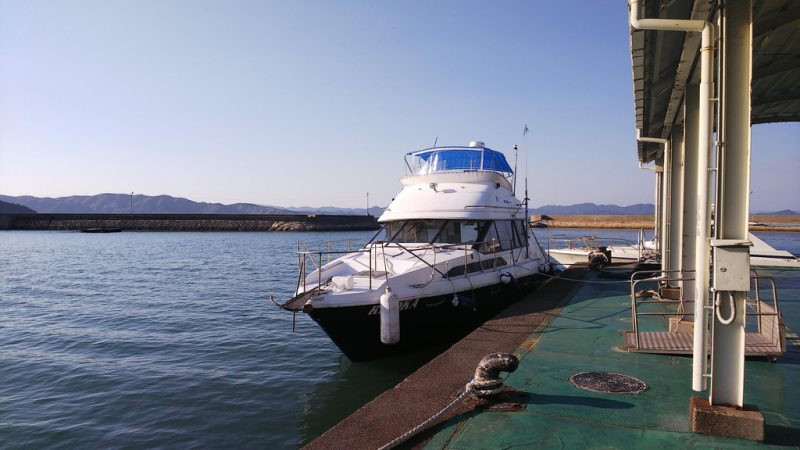
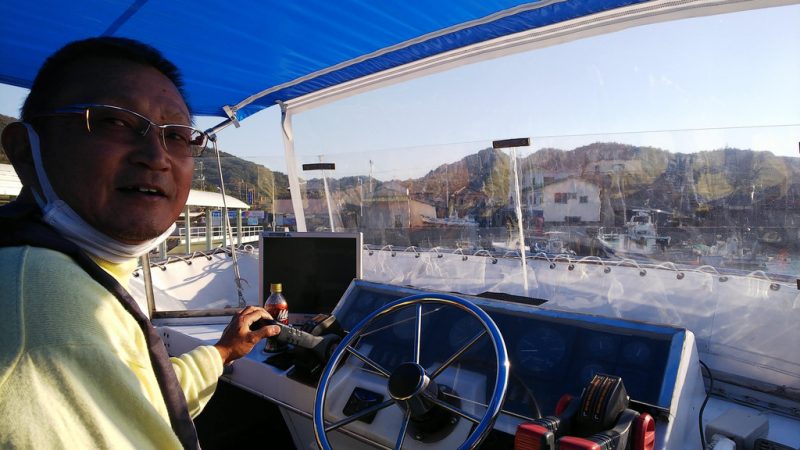
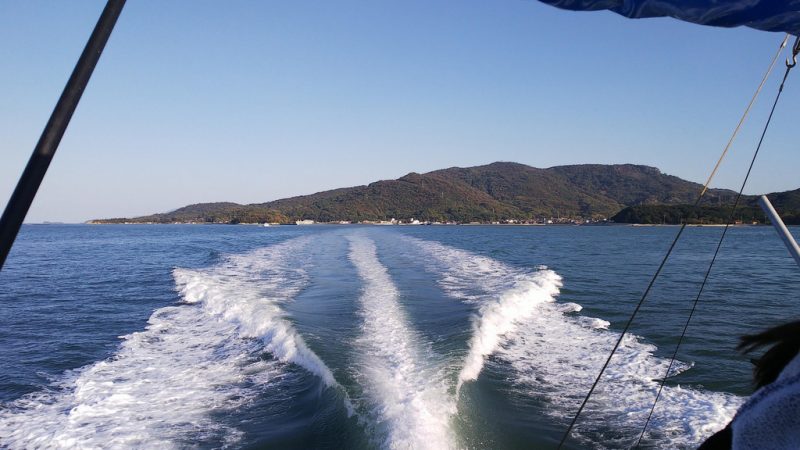
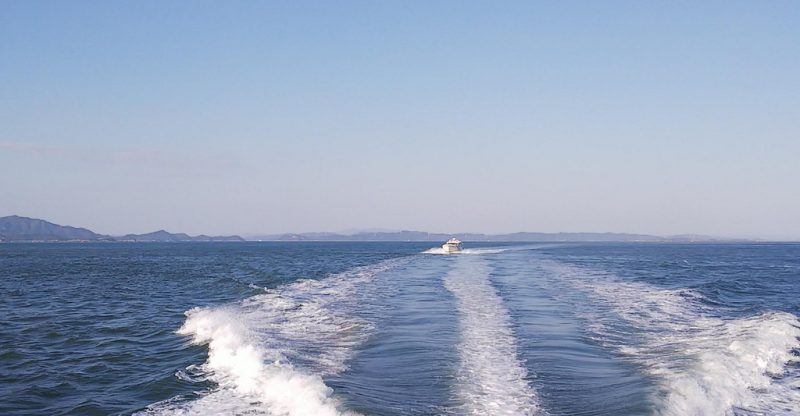
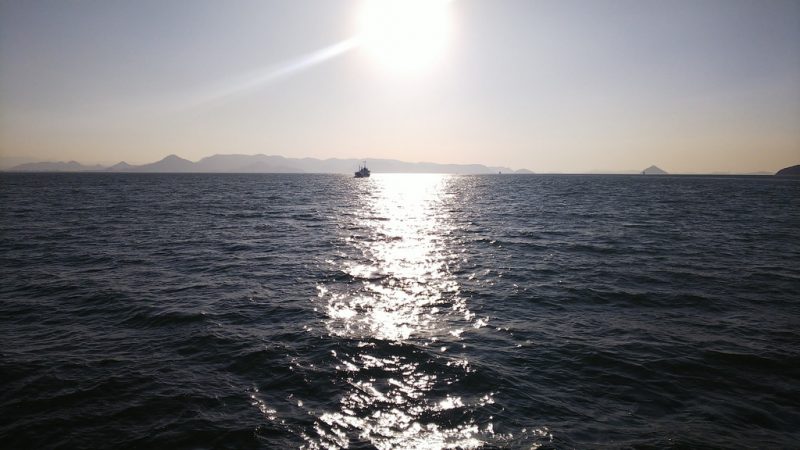
David, what’s the story on taxi boats?
I’m not sure there is a story on taxi boats. What do you mean by that? 🙂
Thanks for the tour, David! When I visited Teshima during Setouchi 2013, the weather that day was pretty awful and then all visitors got rushed off the island because of an approaching typhoon, so sadly didn’t get to see very much. Plan to rectify that in 2019!
ps Totally agree with you about the Pipilotto Rist piece. Huh?? But loved Storm House (which was particularly atmospheric the day we were there).
cheers, Kate
On no! I can’t imagine a typhoon during the Triennale. (I can’t remember that particular one, I must have stayed home that day, although I may have had to go to work that day 🙁 ).
Nowadays, when I go see “Your First Colour” I just enjoy the colours without caring much about whatever sense the movie is trying to convey. That’s the way I found to appreciate it.
Storm House is awesome. I haven’t seen it in far too long (it wasn’t part of the trip the other day). Can’t wait to see it again next year.